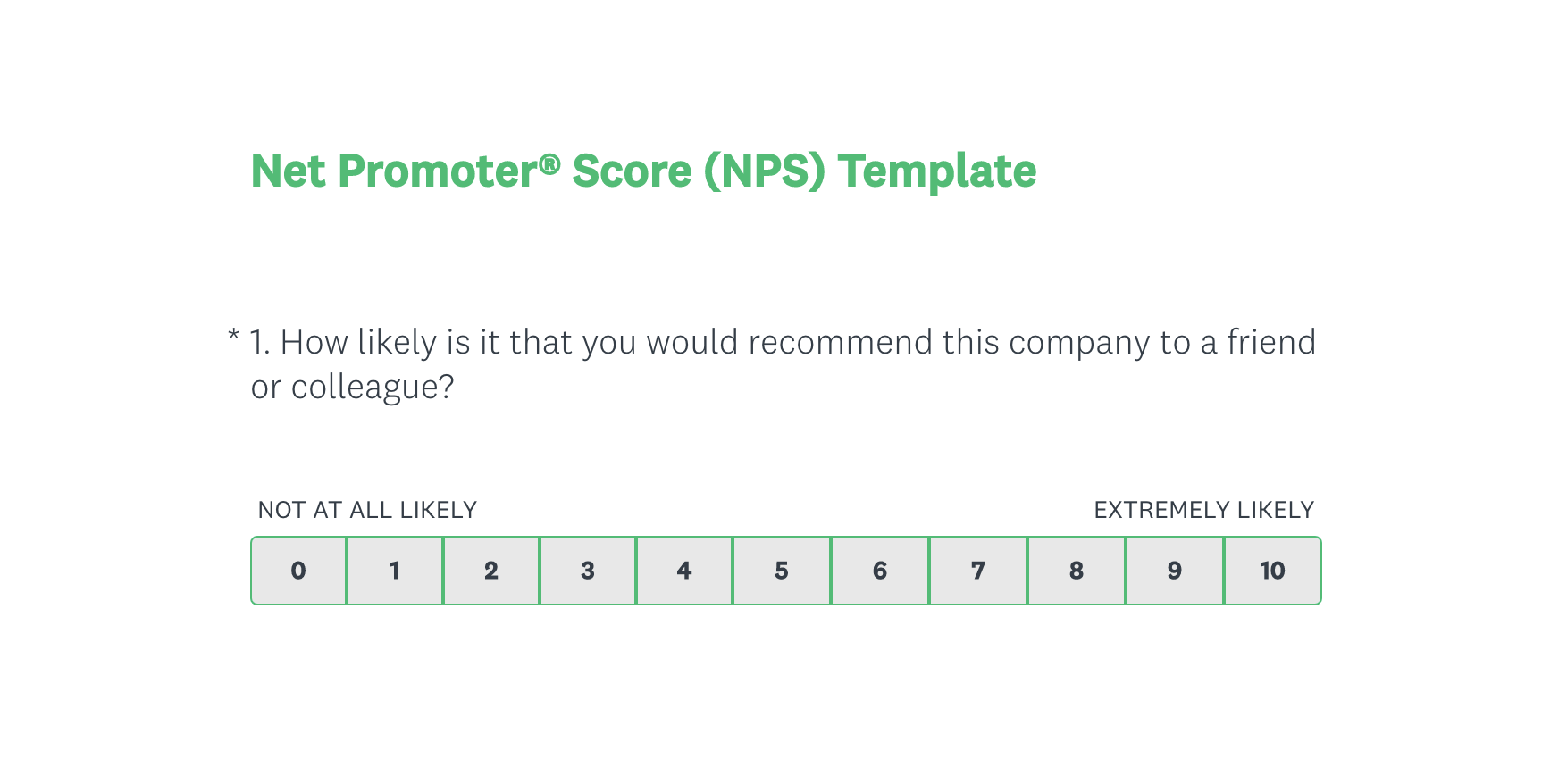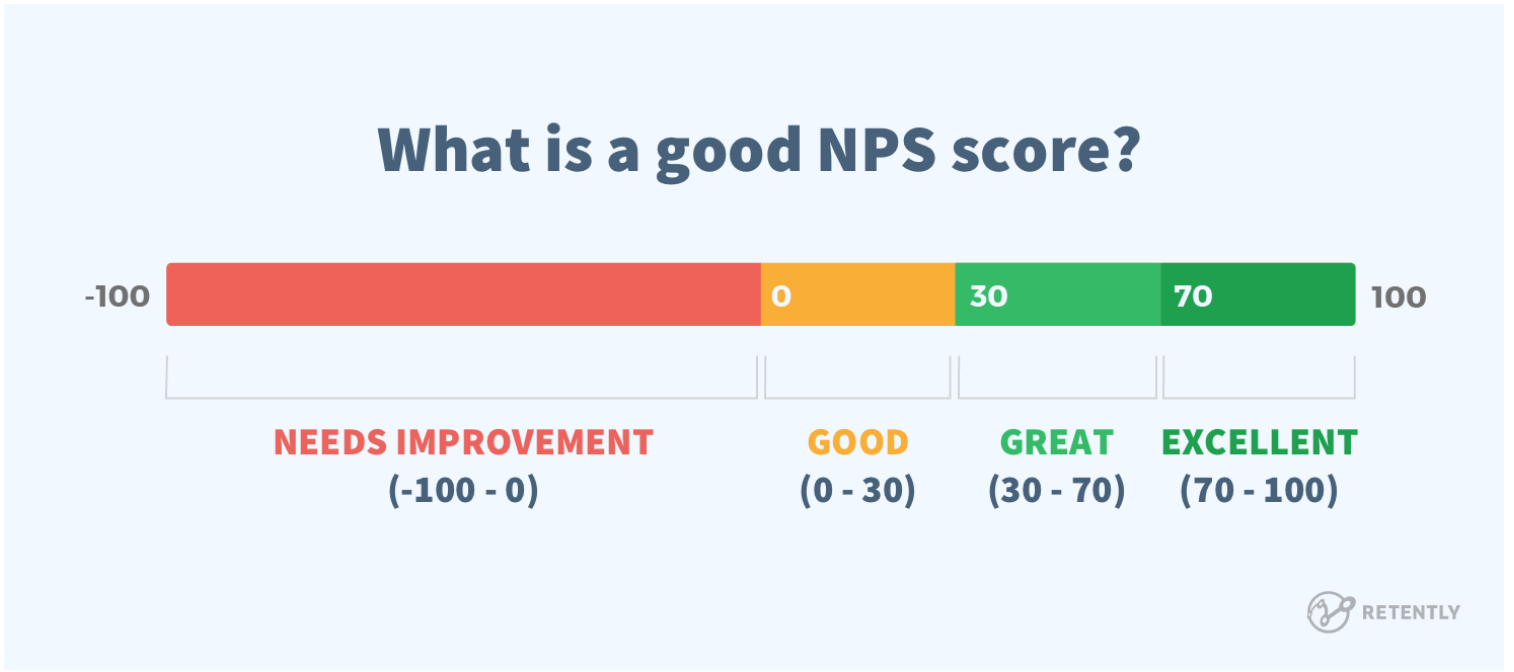Net Promoter Score or NPS for short — have you heard of it?
In a nutshell, NPS is a customer loyalty metric that enables companies to keep their fingers on the pulse by gauging how happy (or unhappy) customers are feeling about their company. NPS has proven itself as a valuable tool for reducing churn and boosting customer satisfaction, which is why most companies will run their NPS survey each quarter to stay ahead of the curve.
As it turns out, NPS isn't just for corporates — it's also a great way for your school to stay connected with parents and in touch with your school community. In this post, we'll walk you through everything you need to know about how to measure your school's NPS and what to do with it once you've got it.
How does NPS work?
Using the NPS framework, you can step inside the mind of your school community and learn what they really think about your school. Taking both a quantitative and qualitative approach, an NPS survey asks participants to provide a 1-10 score (5 being neutral) rating for each question, followed by free text box to provide more information about why they chose to score that number.
Next, based on how a participant responds, they'll be split up into 1 of 3 groups; promoters, passives, and detractors.
The Promoters (9-10)
Also known as your cheerleaders, your promoters are enthusiastic, loyal advocates for your school. Promoters will sing your praises and recommend you to their closest networks.
The Passives (7-8)
The good news is that passives aren't unhappy with your school, but they're not singing your praises either. Your goal here should be to convert passives into promoters by understanding and addressing their concerns.
The Detractors (0-6)
There's no beating around the bush, detractors aren't happy with your school. You'll find that detractors are typically the members of the school community who feel that they've had a poor experience and would not recommend your school. While not necessarily lost forever, it'll take a lot of work to win a detractor back.
How to format your questions
Now that you're across how NPS works, let's dive into setting up your own NPS survey. First, you'll need to choose a platform to host your survey on. There are plenty of paid tools available like Qualtrics, but all you really need to get started is a free survey platform that allows you to create flexible questions — like SurveyMonkey or Google Forms. If you're looking to save time, SurveyMonkey have already put together a free NPS survey template so, all you need to do is write your questions.

To maximise participation and completion rates, you’ll want to keep your NPS survey short and sweet. We recommend including no more than 10 questions. Now that your NPS survey is ready to go, be sure to share it far and wide, across all of your communication channels to maximise participation.
How to calculate your NPS
If you're using a free tool to to host your survey (other than SurveyMonkey who also calculate your NPS for you), you'll need to do a little math to get your school's NPS. All you need to do, is follow these steps:
- Enter all of your survey responses into a spreadsheet
- Break down the responses by Detractors (0-6), Passives (7-8), and Promoters (9-10)
- Add up the total responses for each group
- Find the percentage by taking the total number of each group and dividing by the total number of survey responses
- Finally, subtract the % total of Detractors from the % total of Promoters — this is your NPS score.
You'll now have an NPS score that sits anywhere between -100 and 100 — check out the guide below to see how you're tracking.

Next steps
Now that you've calculated your school's NPS and you have a good idea of how happy your school community is feeling, it's time to put actionable steps in place.
Look for common themes or concerns that emerge and define how you'll work to resolve them. Once you have a plan in place, communicate it to your school community. Even if means including a quick note in your newsletter, let your school community know that you appreciate their feedback and that they've been heard.
Not only is this a great first step for converting passives into promoters, but showing that you're working to resolve concerns will encourage more participation from your school community for the NPS surveys to come.




